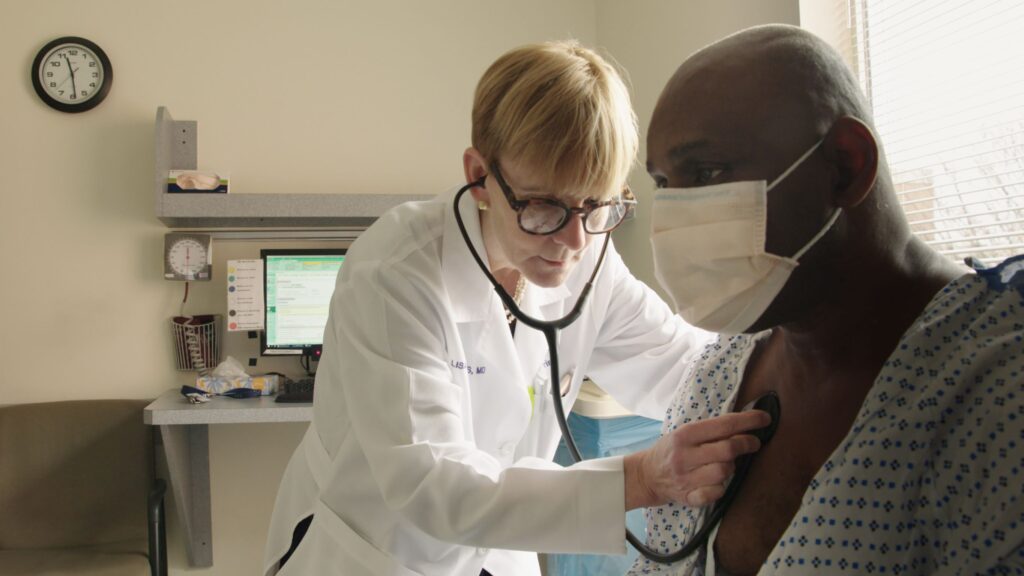Dr. Lisa Sanders crowdsources diagnoses for mysterious and rare medical conditions in this documentary series based on her New York Times Magazine column.
A diagnosis to a patient is the same as a prayer to a common person, it is not the solution but it is a source of hope, a leading light that might bring us to a solution. Just imagine how our lives can be if we don’t have hope, when we are clueless to the possibilities of a solution. Around us there are so many patients who know that there is something wrong with them but nobody is able to tell them what it is. A life without diagnosis is like walking on edge with a blindfold, unaware of what a slightest change can do to them. This documentary series is about such patients.
In 2002 Dr Lisa Sanders started writing a column in the New York Times magazine, known as Diagnosis, this column included medical mystery cases. Surprisingly, this became an inspiration to the most popular show based on doctors – ‘House’. Dr Lisa also worked as a consultant for the show ‘House’. It was in 2018 when a producer, Scott Rudin came up with the idea for the documentary, and the column was again started in New York Times magazine. It was not only for doctors but also for the general public to solve. This crowdsourcing brought about a new change in finding solutions to medical mysteries, the column instantly became popular and from doctors to patients with similar conditions or symptoms started sending their replies. It became a platform for finding diagnosis and also support from the others.
This documentary series consists of seven episodes, seven cases ranging from a girl having unexplained leg pain to an old veteran having memory loss and emotional changes. The series is not as intense as the other documentaries on murder mysteries or terrorist attacks but it is interesting enough to keep the audience involved. Each episode along with the history of the patient shows different aspects of their lives and how it is changed due to the symptoms they have developed. The documentary connects you with each patient in a different way. The best part of the series is the fact that it is realistic, all cases don’t end with a happy ending, a solid diagnosis. There are cases that could only find community support but no real answers. One thing that each patient got at the end is the realization that they are not suffering alone, there are people who are suffering like them and also those who might not be in their shoes but they definitely understand their plight.

A still from Diagnosis | Courtesy of Netflix
From the content point of view, each of the cases has been thoroughly researched. The patients selected were in comparatively stable condition to give sufficient time for required research. Some of the episodes also address the topics of discriminating healthcare professionals and how they affected the process of diagnosis for the patient. The series neither gives you a happy go lucky ride nor a tragic stop, it just subtly keeps you hooked till the end. Even after being a medical documentary, it focuses more on the patient’s than the doctor’s perspective. All the cases shown have been carefully selected by Dr Sanders keeping in mind a lot of medical implications.

A still from Diagnosis | Courtesy of Netflix
It is a binge worthy documentary, and definitely a great break for the mystery lovers who had no other option to watch, than murder or criminal mystery shows. This series is a must watch for the medical community to realize how second opinions and crowdsourcing can do wonders in finding solutions to the medical riddles. It teaches us different ways for finding the answer for the most-tricky questions. It is comforting as it helps each patient to find support, answers and closure. It is available on Netflix to watch.
Anyone interested to know more about such cases can read Dr Lisa Sanders book ‘Diagnosis: Solving the Most Baffling Medical Mysteries’, it is a compilation of 50 mysterious cases from her column.
Featured Image Source:









